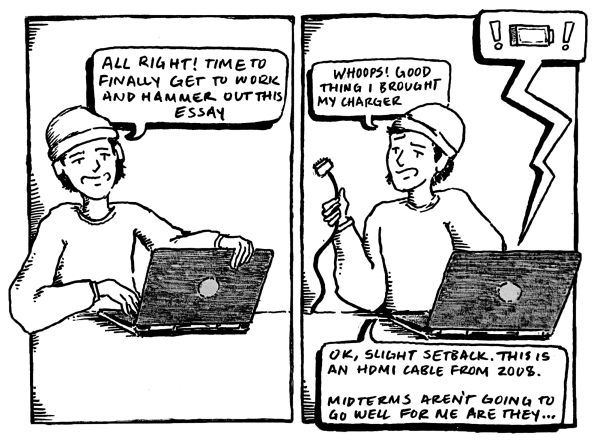Highlighting the Fight for Indigenous Rights
It was a warm, sunny day on Oct 10, 2016 when a crowd gathered in Tappan Square to listen to a speech by Oberlin resident Three Eagle Cloud. Standing in front of a gallows holding 13 nooses, the activist explained that this was how his people had been murdered — 12 nooses meant to represent each apostle and one for Jesus. His voice cracked as he announced his retirement. He had been fighting to abolish Columbus Day at the national level for decades, but he was getting older and tired. The sight of him standing in front of that gallows stirred something powerful in my heart, and I knew that I wanted to do something. Two other women had attended the protest who felt the same conviction that I did: Mary Hammond and Jean Simon. Weeks later, the three of us — joined by my oldest daughter Joella, then a senior at Oberlin High School — met and discussed a plan to propose the Oberlin City Council to make this city the first in Ohio to abolish Columbus Day and enact Indigenous Peoples’ Day.
The Indigenous Peoples’ Day Committee of Oberlin had officially been formed, multi-generational and woman-led. The four of us studied and researched, then met every three to four weeks to share our findings. Topics included the history of the people who once occupied the lands where Oberlin now stands, the diaries of Christopher Columbus and Spanish missionary Bartolome de las Casas, the modern Native crisis, and the processes other cities had used to successfully complete this work. Oberlin, with its rich history of promoting and advocating for human rights, would be a logical addition to this growing list. We reached out to organizations, groups, and clubs in and around the city that we felt may be willing to support our endeavor.
Much of what we learned about Columbus was a shock to us. We had not learned in school that he was an incredibly violent man who actively participated in torture and sex trafficking. One of his contemporaries, Bartolome de las Casas, wrote in his diary, “Such inhumanities and barbarisms were committed in my sight as no age can parallel. My eyes have seen these acts so foreign to human nature that now I tremble as I write.” Our committee seeks to tell the truth about our history. We wanted to stop the celebration of Columbus as some kind of hero who should be revered. He did not discover our country and never set foot upon the soil that would later become the United States. We think it is better to recognize the true people of our land. By recognizing that this land was inhabited by people before colonization and celebrating them instead, we take steps toward restorative justice. We need to acknowledge the lies and myths that have infiltrated our history and allow the truth to rise.
After months of research and meetings, the committee asked to be added to the agenda at City Council. The process requires a reading of the proposal three times. For three months, we answered calls from supporters and reacted to critics, most of whom were Italians who looked at Columbus Day as a kind of Italian heritage celebration. We tried, hopefully successfully, to convince people that we meant no dishonor to Italians; we only object to this one man’s cruelty. On Aug 21, 2017, Oberlin City Council voted unanimously to enact Indigenous Peoples’ Day and abolish Columbus Day.
As we celebrated, the Indigenous Peoples’ Day Committee acknowledged that this was only the first step. Our goal is to continue to educate about and advocate for Indigenous issues. We hold events in the community throughout the year, and each October, we have a celebration.
Aside from being a mother, this activism has been the most important work I’ve ever done. I am immensely proud of what we have been able to accomplish and the connections that I have made. My great-great-grandmother lived in a time when she felt forced to assimilate. She gave up her language, her spirituality, her stories, and her traditional ways to fit into white society. She and countless others were made to feel ashamed. I often stare at photos of the rows of children sitting in front of residential boarding schools, where Native parents were required to send their children until the 1960s, and wonder if one of the little faces belongs to my family. These schools destroyed the family construct of generations of Native families and left in its wake intergenerational trauma that has led to cyclic violence, addiction, and poverty. When I advocate for the restoration of Indigenous communities, I do it with the knowledge that so many voices before mine were silenced. I want to speak for those who could not, for those who were made to feel ashamed of their heritage. I am not ashamed, I am Haudenosaunee.


